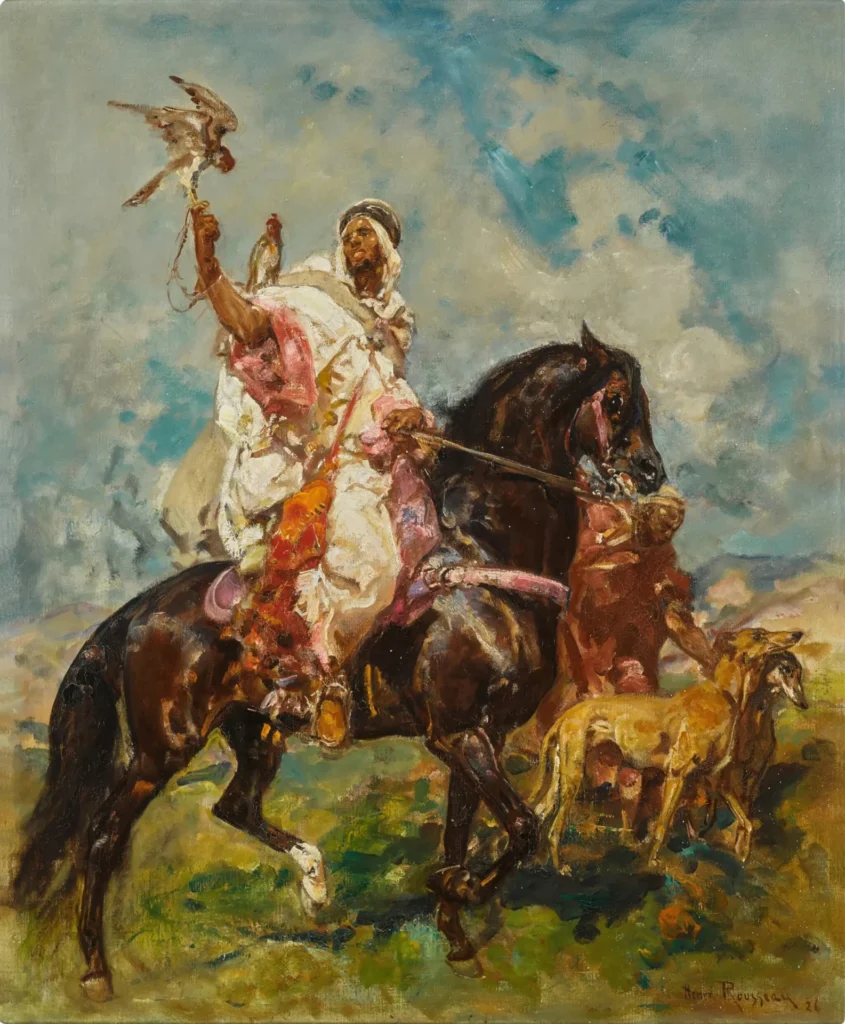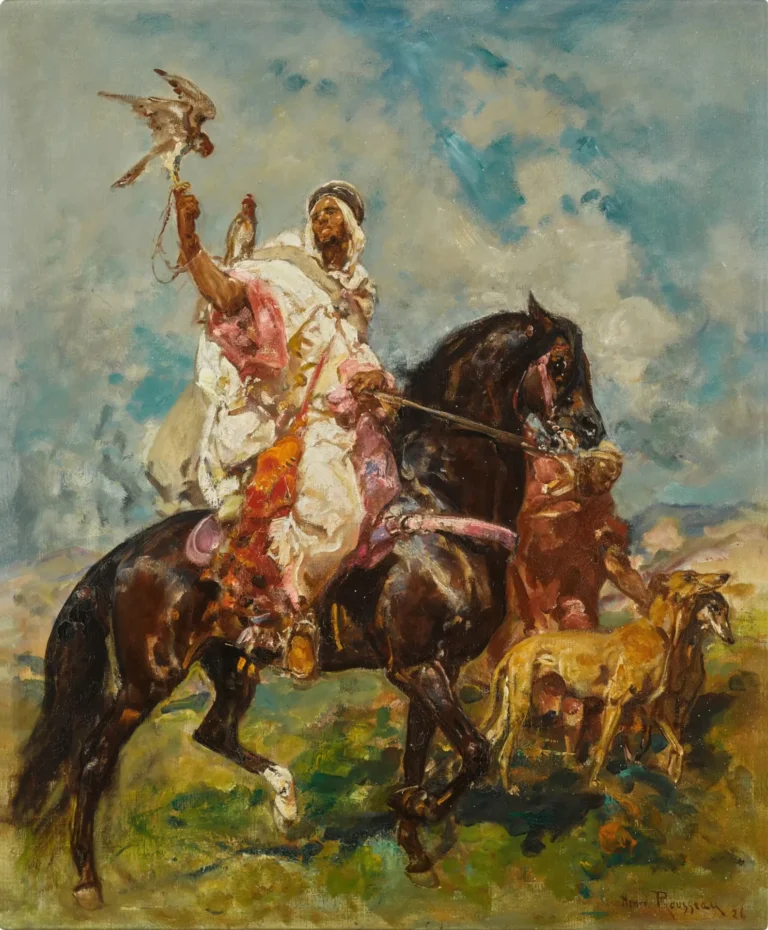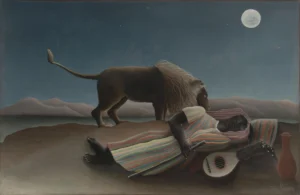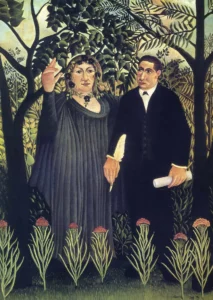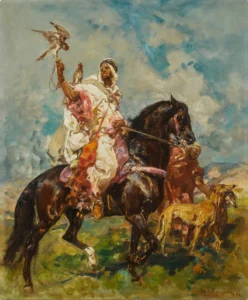The Falconer (1926)
Created in 1926, Henri Émilien Rousseau's The Falconer captures the mystical essence of falconry through its vivid colors and dynamic composition. Rousseau's Orientalist style shines through as he portrays a figure deeply engaged in the tradition of hunting with falcons. This artwork reflects the allure of adventure and the connection between humans and nature, typical of Rousseau's broader themes. Available in print form, it serves as a beautiful addition to any art collection.
Year 1926
About the Artwork
The story behind The Falconer revolves around Henri Émilien Rousseau's fascination with Orientalist themes, where he intricately blends cultural narratives with his artistic vision. Created in 1926, this painting showcases a moment in time when falconry, a sport steeped in history, symbolized nobility and skill. Rousseau, who was known for depicting horses and riders in exotic scenarios, captures the bond between the falconer and the trained bird, showcasing a deep understanding of both the subject and the cultural implications of the practice. While details about its original location remain scarce, the piece is reflective of the broader zeitgeist of the early 20th century, where artists explored non-Western themes within their work.
Did You Know
Falconry, the art of hunting with trained birds of prey, dates back to ancient civilisations and was often associated with nobility in various cultures, particularly in the Middle East and Asia.
Henri Émilien Rousseau is celebrated for his Orientalist style, which depicts exotic themes and focuses on the dynamic between humans and nature, often incorporating horses and riders in his compositions.
The Falconer reflects the early 20th-century fascination with non-Western cultures that influenced many artists, highlighting how art serves as a bridge connecting diverse histories and practices.
Liked what you see? Add it to your collection.
Enjoyed reading? Share it.
... continued
Artist
Henri Émilien Rousseau was a French painter, graphic artist, and illustrator, known for his Orientalist scenes often featuring horses and riders.
Subject Matter
The painting depicts a scene that is typical of Rousseau's Orientalist style, likely showing a figure engaged in the act of falconry, which involves training and hunting with falcons.




